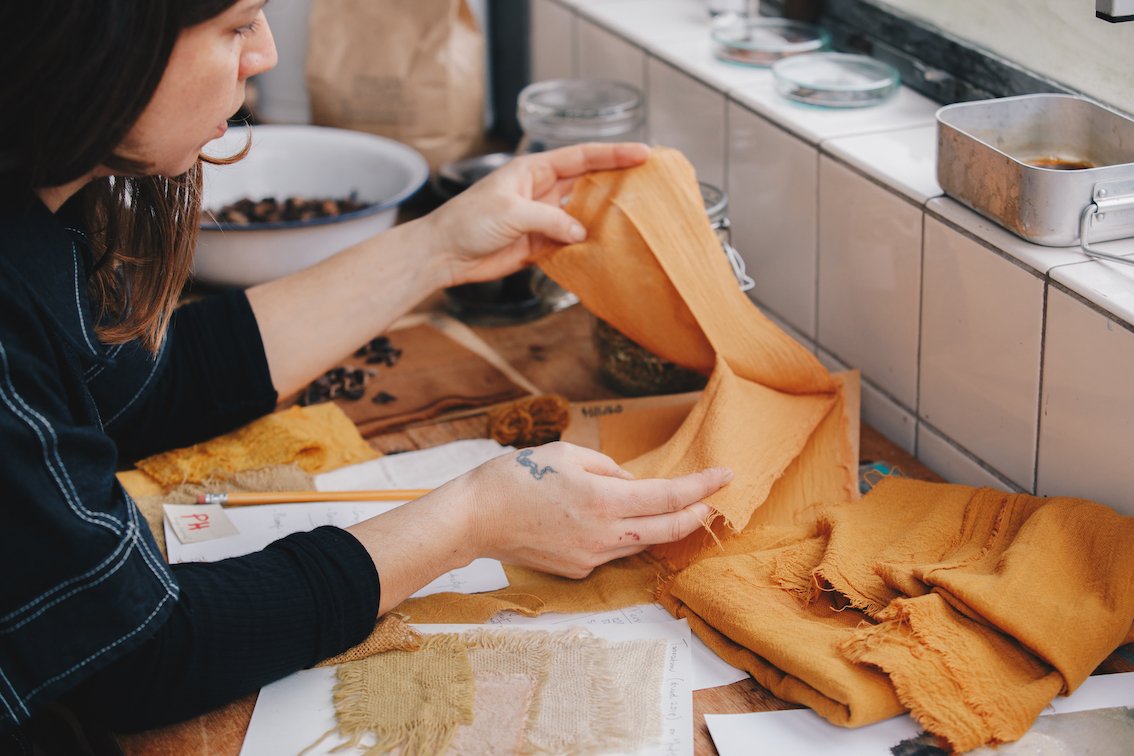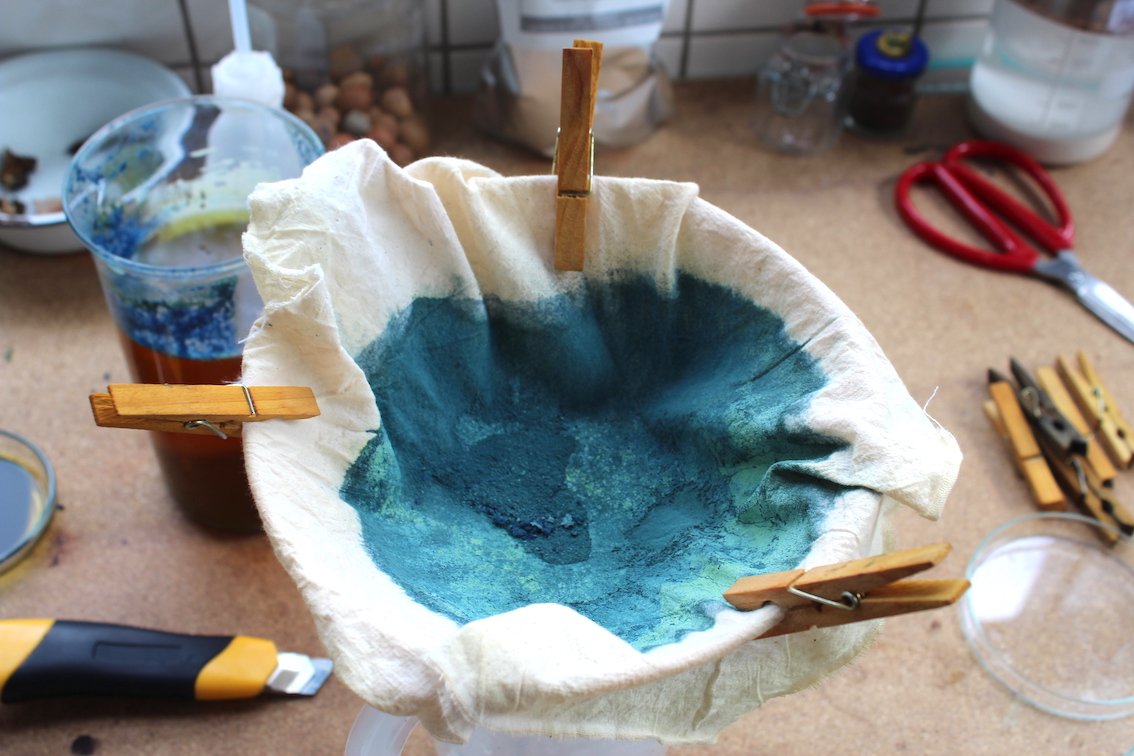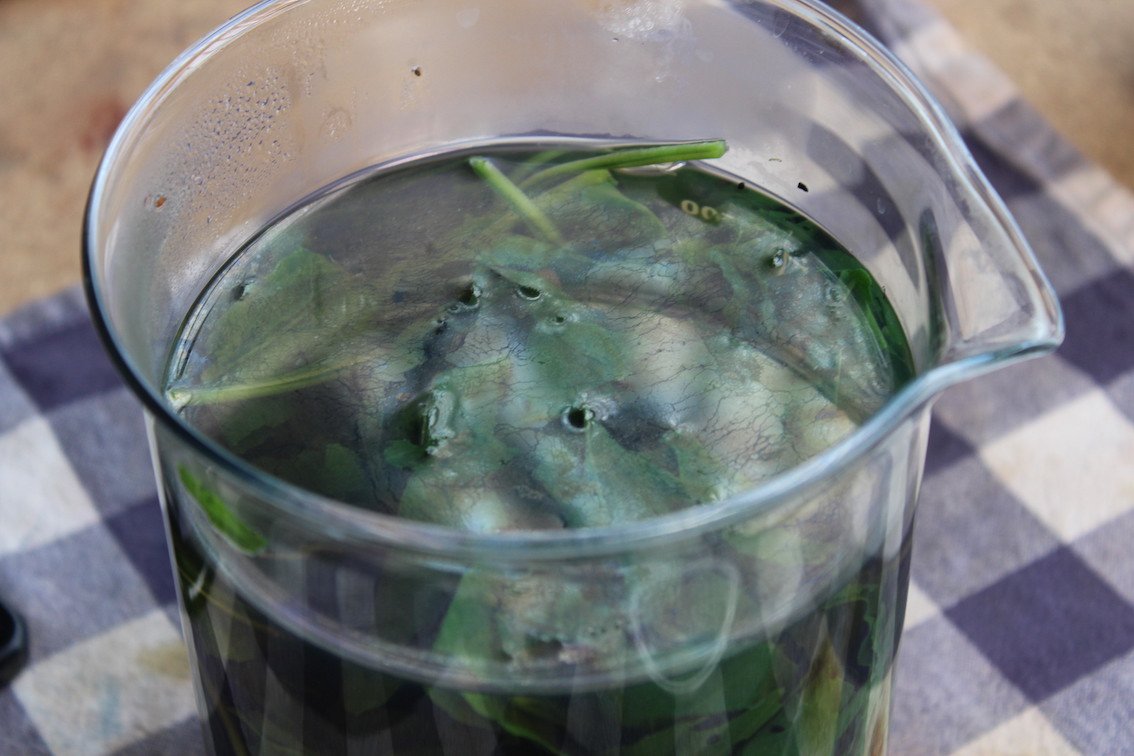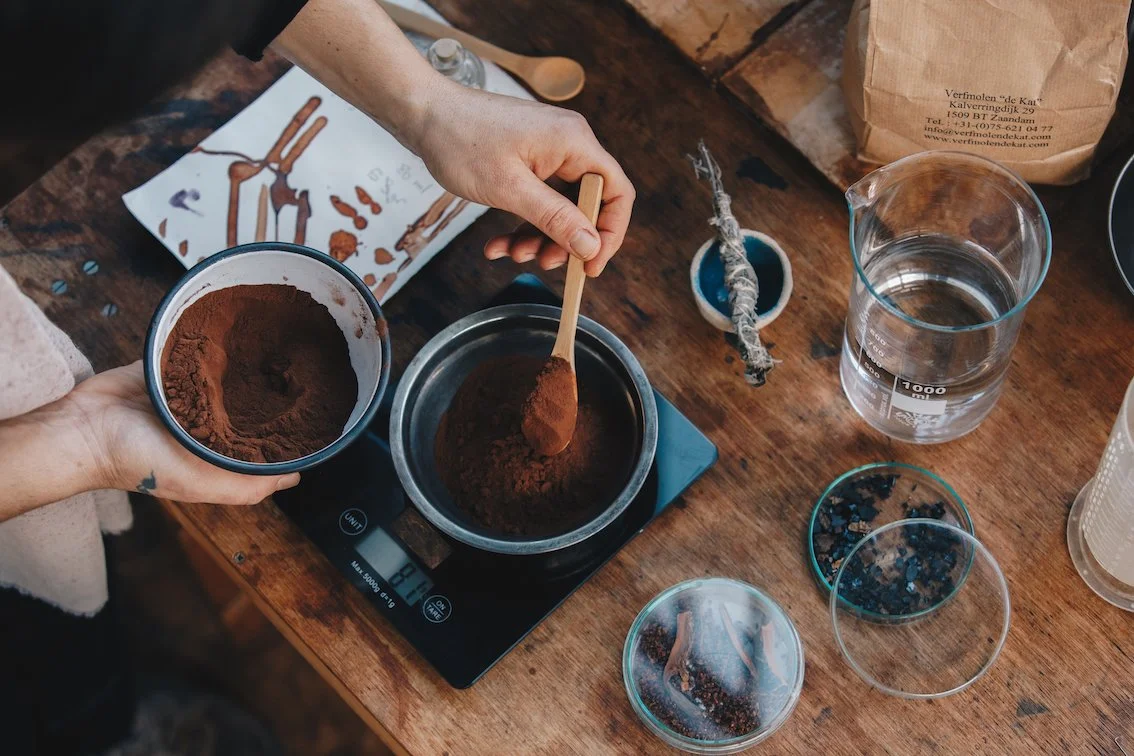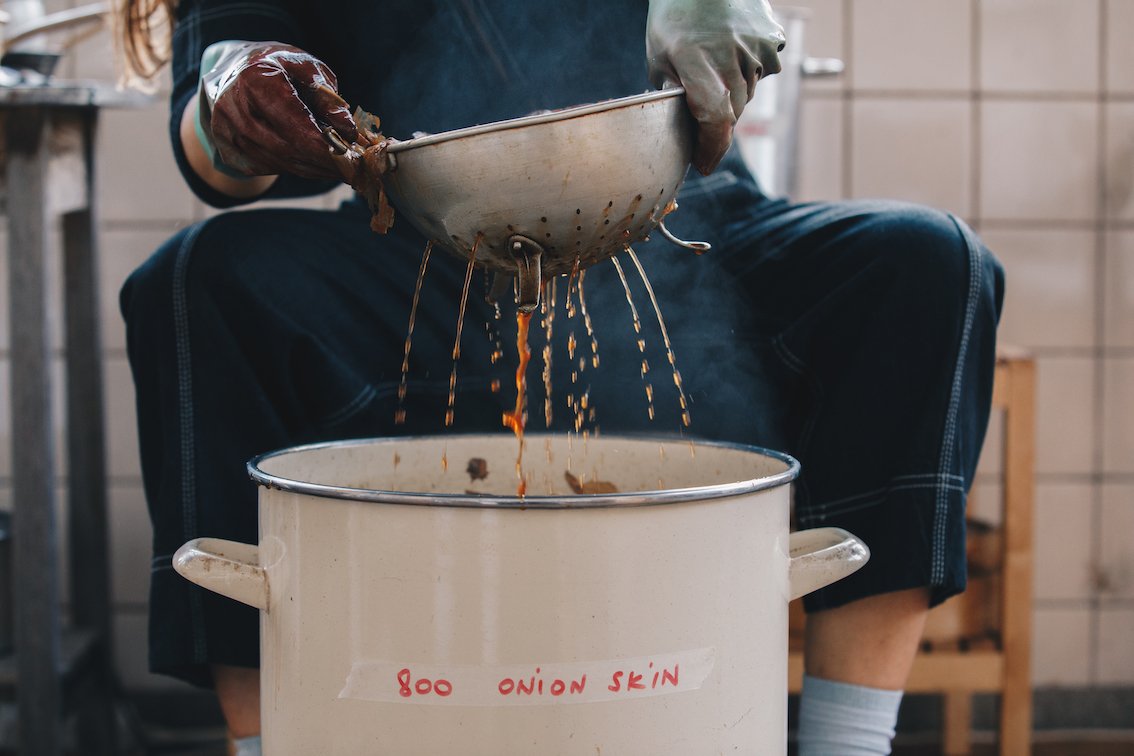For centuries, plants have been picked, raised and processed for nourishment, embellishment and healing. It seems that on every part of the world where humans have lived we can find a body of knowledge based on the powers of herbs, roots and flowers. This unique relationship between plants and people still remains in our ancestral memory waiting to be rediscovered. Such a quest will take us from the world of materials to a symbolic realm, where chemistry becomes alchemy, and colors manifest their powerful connection to the earth.
The use of plants for dyes is well-known. By drying, grinding, soaking and heating, plants are transmuted into pigments that will then be used to enrich people's lives through the decoration of fibers, leather, fabrics, crafts, hair and even their bodies. But plants also possess a variety of curative properties. In a way, the colors obtained from the processing of these raw materials retain those healing attributes, moving from the material and chromatic dimension through a gateway that lead us to rediscover a forgotten traditional knowledge.
Mariana Fernandez
gatherings
I’d like to invite you to re-discover an intimate and empowered relationship with plants through a series of investigations. This is an introduction to processes through which you can derive colors from plants that are growing around you and how we relate to them by exploring their dye-pigment qualities. We will be using non-toxic plant mordants, locally foraged plants and food waste. During the gatherings we will create a broad catalog of shades that will reflect our intimate dialogues with colors and share all the recipes through which these colors come to life.
lucila kennY
shop
Using remains of natural material from the previous seasons to investigate and find those hidden colours by making ink, would be a way of tracing the dialogues between myself and the surrounding. The inks are then used to draw dream landscapes/maps.
CHROMATIC MAPPING















